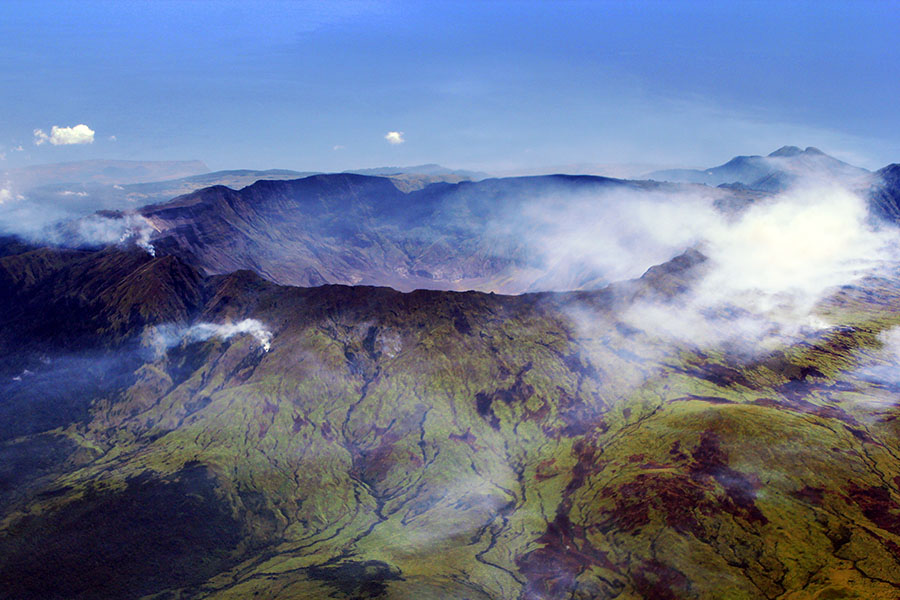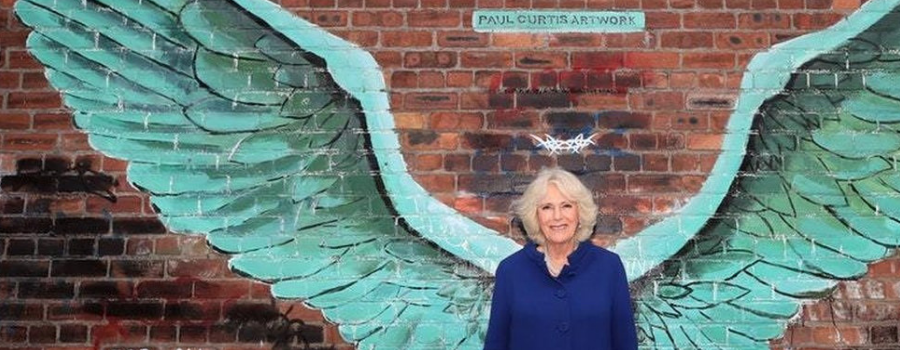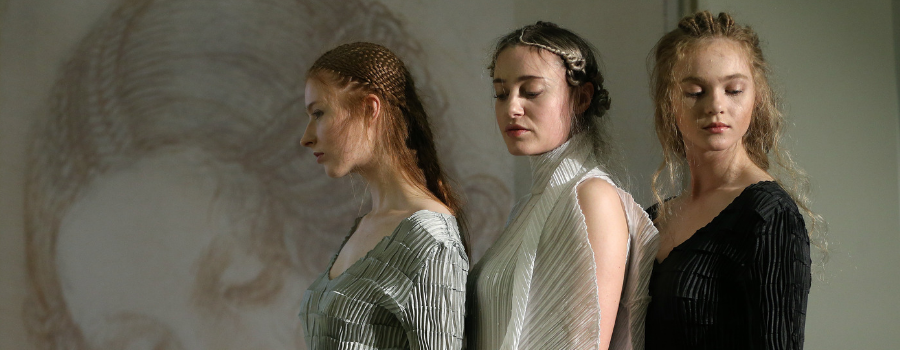If you think this summer has been poor spare a thought for our wretched ancestors 200 years ago.
1816 is known as the Year Without a Summer, the Summer that Never Was and Eighteen Hundred and Froze to Death.
Sudden and severe climate change caused global temperatures to drop, crops failed and across the northern hemisphere there were severe shortages of food.
All the evidence suggests that the cause was the massive eruption the year before of Mount Tambora in what was then the Dutch East Indies. This was the largest eruption for at least 1,300 years, and it spewed so much debris into the atmosphere the result was a volcanic winter.

Falling temperatures were accompanied by extreme weather events like heavy rain and high winds. Agriculture was devastated. Families in Wales became refugees, traveling long distances in search of something to eat. Ireland was haunted by famine. In Germany food prices rose massively.
With the causes a mystery baffled and distressed people demonstrated in front of grain markets and bakeries. In many European cities there was rioting, arson and looting.
The Tambora eruption took place on the Indonesian island of Sumbawa between the 5th and 15th of April 1815. It had a volcanic explosivity index (VEI) ranking of 7, a colossal event that ejected at least 100 cubic kilometres of material. Earth’s average land temperature dropped by 1 degree C, which doesn’t sound much but was enough to cause mayhem.

One minor but fascinating consequence of the year without summer was its effect on the creativity of the recently married and scandalous Percy and Mary Shelley. (Percy Shelley had been married when he fell in love with Mary). In June 1816, as they holidayed at Villa Diodati overlooking Lake Geneva, the ‘incessant rain’ of that ‘wet, uncongenial summer’, forced them and their friend Lord Byron to stay indoors much of the time.
To alleviate the boredom a competition to write the most frightening story was proposed. 19 year old Mary came up with Frankenstein, or the Modern Prometheus, whose monster has haunted popular culture ever since.

Byron also wrote the poem ‘Darkness’, inspired by a day when ‘the fowls all went to roost at noon and candles had to be lit as at midnight’.
It just goes to show that every cloud does have a silver lining.

























